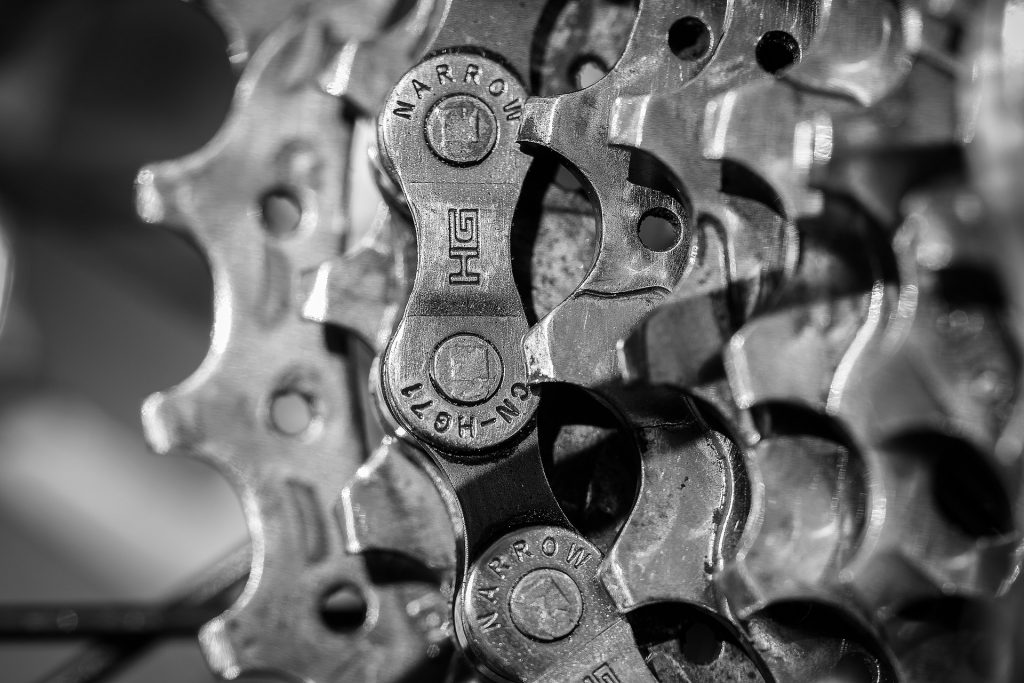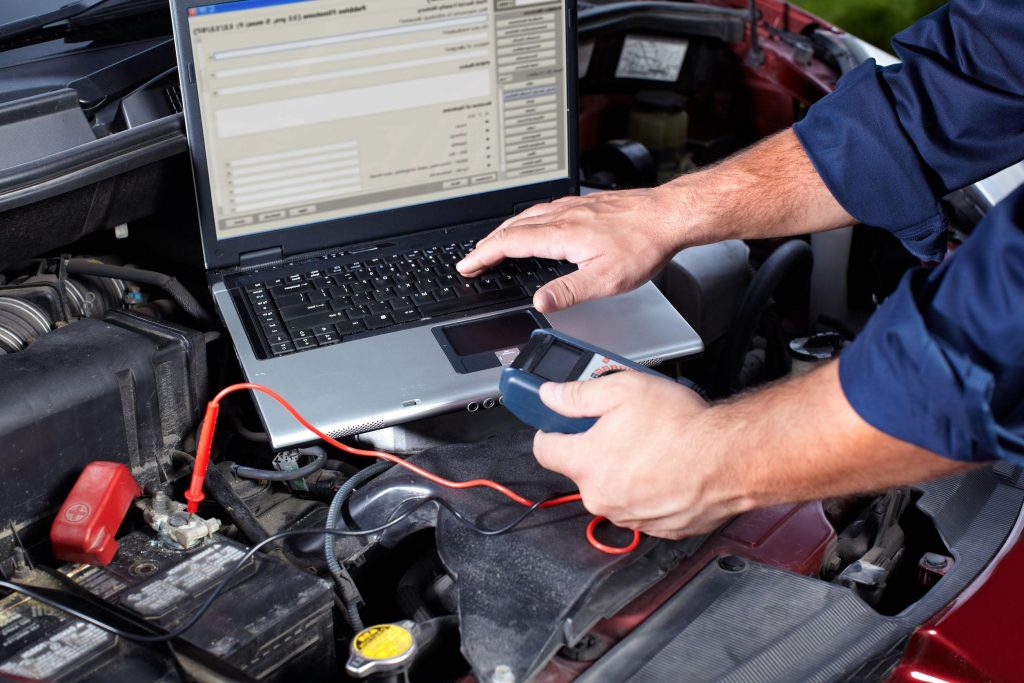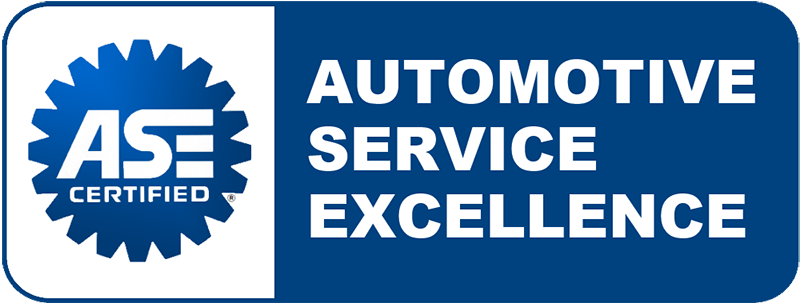An Overview of Your Modern Automatic Transmission
An Overview of Your Modern Automatic Transmission
Have you ever driven a vehicle that you truly understood? The vast majority of drivers have never taken a course on mechanics, yet what happens inside our vehicle can directly affect our safety and wellbeing. In this article, we’re going to walk through the Modern Automatic Transmission, perhaps the most complex mechanical component in automobiles today.
The Modern Automatic Transmission contains hydraulic systems, electrical systems, mechanical systems, and computer controls – all while pushing your vehicle forward. To develop an understanding of how this essential piece of machinery functions, we’ll start with a simple definition.
What Are Modern Automatic Transmissions?
Your transmission connects your wheels to your engine, transferring power that propels your vehicle forward or backward. To put it simply, your transmission is responsible for ensuring the right amount of energy by switching through a series of gears. In first gear, for example, your engine works far harder than your wheels. In high gear, your wheels are working far harder and faster than your engine. Your transmission mediates this source of power.
Your transmission also provides the “neutral” position, disconnecting your engine from your wheels altogether. In the “park” position, your transmission uses a latching mechanism that locks your wheels and prevents them from turning. These additional gears are necessary for your safety.
What Warning Signs Should I Monitor?
When your vehicle uses an automatic transmission, there are several ways to spot an ongoing problem: leaks or stains, fluid color, and odd noises or behavior.
If you’ve noticed puddles of red oil underneath your vehicle, you’ll want to visit an independent transmission repair shop as soon as possible. This liquid could mean your transmission is leaking, which can cause serious transmission damage.
Manufacturers suggest that you check your transmission fluid often, just like you check your oil. Make sure your vehicle is both running and on level ground before getting started. Pull the dipstick out and check for color and odor. If your transmission fluid is cloudy or muddy, you may need to have your fluid drained and replaced. The same is true if your fluid smells burnt.
Finally, you should always be aware of new noises, vibrations, or transmission behavior when operating your vehicle. If your vehicle whines, grumbles, or smokes when switching gears, something is wrong.
How Does Maintenance Work?
Your transmission fluid should be changed periodically. While you should refer to your owner’s manual for exact mileage requirements, recommendations run between 15,000 and 30,000 miles.
You should never replace your transmission fluid without professional assistance. You’ll need to remove the transmission oil pan, check for metal shavings and other debris, and replace the oil without issue.
Make sure you choose the right transmission fluid for your vehicle. Using the wrong fluid could lead to ongoing transmission problems, even after you replace the fluid.
What Are Some Common Modern Automatic Transmission Repairs?
Common repairs for your Modern Automatic Transmission could include adjustments, part replacement, resealing, or replacement. We’ll explain each of these repairs in detail below.
Adjustments: There are a number of problems that can be resolved with simple adjustments or minor repairs. These can be completed without removing the transmission from your vehicle. In the first 100,000 miles of use, your vehicle will likely only need adjustments.
If, for example, you have a late-model transmission that refuses to shift properly, it could be a result of incorrect signals sent by a computer and through a faulty sensor. You could also have a defective solenoid back or a bad connection. All of these issues can be solved in-vehicle for a relatively affordable price.
Part Replacement: There are several parts of your transmission that can be replaced without removing the unit from your vehicle.
Complete Overhaul: In this situation, your transmission is removed, disassembled, inspected, cleaned, and rebuilt with replaced parts. This will ensure your transmission will match your vehicle while functioning smoothly.
Transmission Replacement: This last-resort option is required when your transmission is failing altogether.
When your transmission fails, you can either replace your transmission or rebuild it. The former option is easier, but could lead to problems down the road. For example, your speedometer could read incorrectly or your vehicle may shift poorly.
Crown Transmissions
At Crown Transmissions, we take great pride in our ability to service your Modern Automatic Transmission. Contact our team today by calling (770)-956-1344. You can also visit our Facebook Page for ongoing tips and important updates. Schedule your appointment online today!
Article Contribution:
Cassandra Bondie – Freelance Writer
DGM Global Marketing Solutions

















